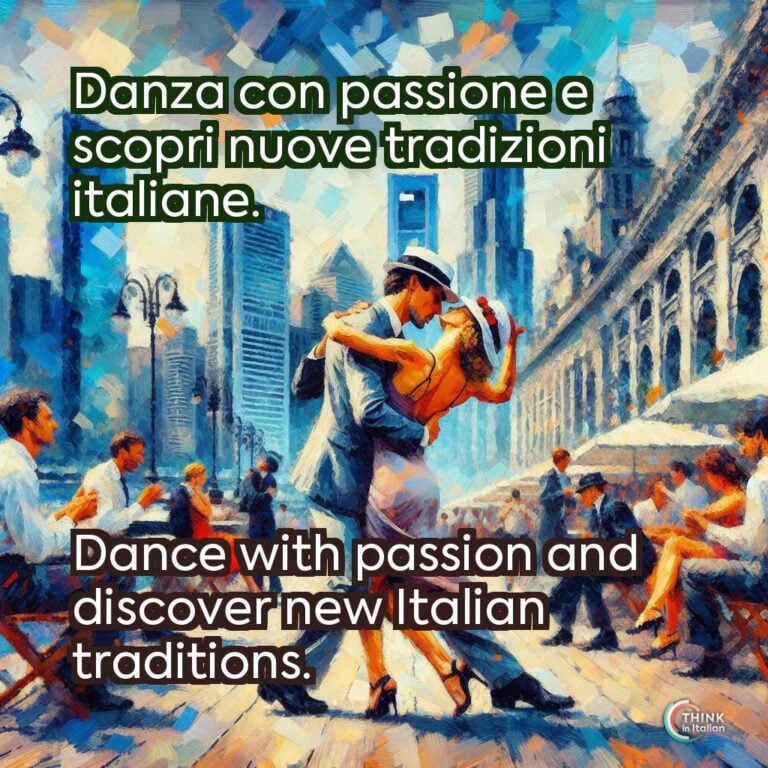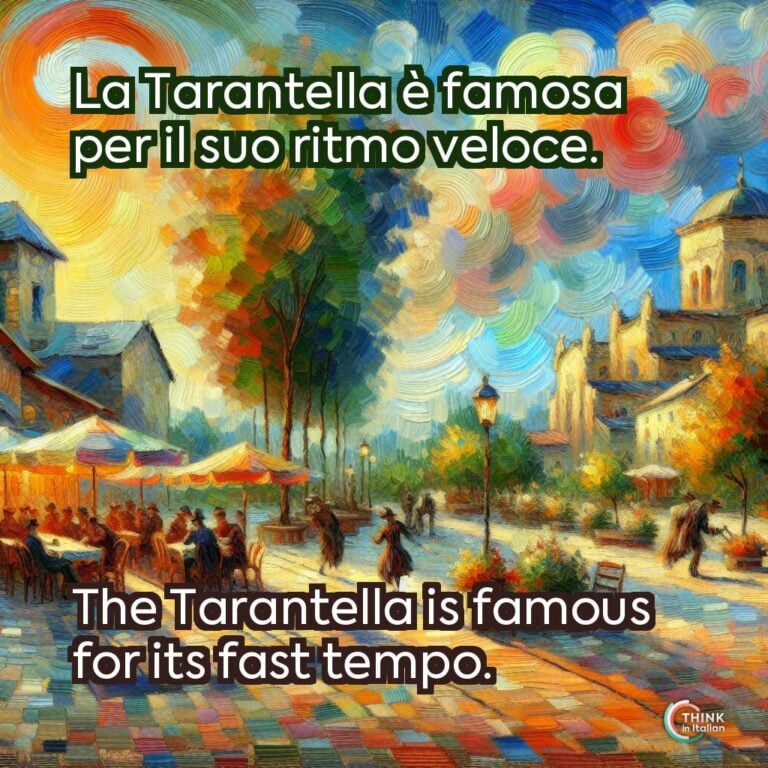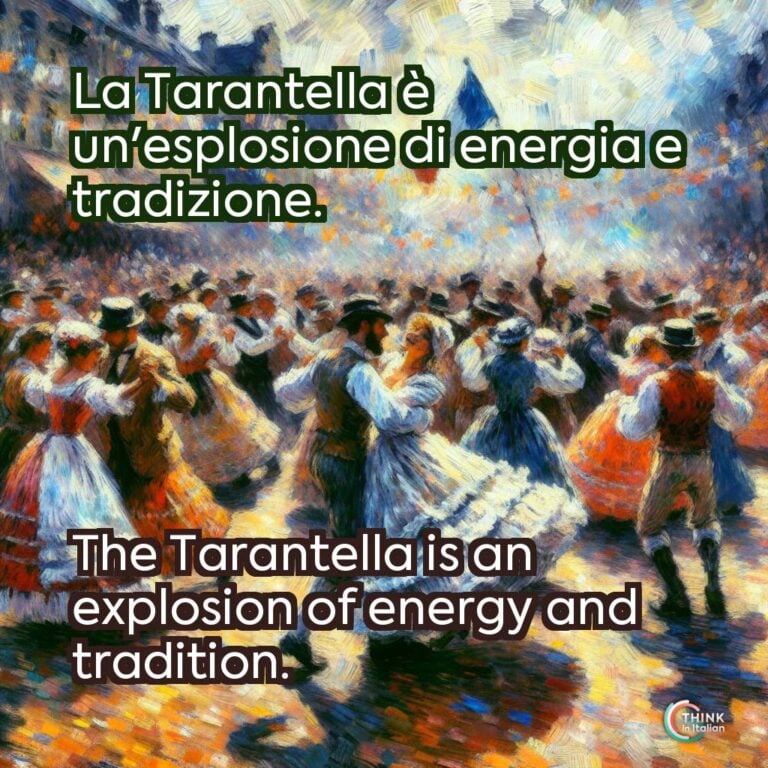Italian Dances
Ancient Roots and Pagan Celebrations
Traditional Italian dances find their roots in ancient rituals and celebrations. Pagan festivals of seasons, fertility, and harvests could be celebrated with dances to invoke life energies or exorcise negativity.
These early traditions created the foundation upon which Italy’s folk dances were rich with symbolic and cultural connotations.
The Renaissance Influence
During the Renaissance, the Italian courts held dances as a favorite entertainment. Aristocratic presentations included the Balletto, an intricate variety of footwork, graceful mannerisms, and musicians with lutes or harpsichords.
Such refined styles contrasted with the folk traditions but imparted order to choreographed movements and artistic grace to the rural dances.
Italian Folk Dances
In times of political turmoil, Italian folklore and folk dances became ways of preserving culture. During foreign dominations, dances like the Tarantella became a symbol of endurance and cohesion, celebrating Italian traditions in defiance of foreign influence.
Popular Traditional Italian Dances
Tarantella: the Dance of Healing and Celebration
The Tarantella is perhaps Italy’s most famous traditional dance, which originated in southern regions such as Campania and Sicily.
Legend states it was performed to “sweat out” the venom from a tarantula bite. Whether the truth behind this myth is correct or not, the Tarantella is a high-energy dance that overflows with joyful and vivid energy.
It is performed in pairs or groups, featuring rapid footwork, complex spins, and clapping of the tambourine in time with energetic music. Nowadays, it’s a must-have in every wedding or festival and fully expresses the soul of festivity.
Pizzica: Passion and Playfulness From Puglia
The Pizzica from Puglia is another energetic Italian dance. It’s a playful courtship ritual with dynamic movements and storytelling.
Scarves often feature in the choreography, adding an interactive and theatrical element. The Pizzica is accompanied by the rhythmic beats of the tamburello (tambourine) and heartfelt singing.
Saltarello: a Medieval Tradition
The Saltarello originates from medieval Italy, where it flourished in regions such as Lazio and Abruzzo. Its name is derived from the Italian verb saltare (to jump).
Indeed, this is a lively hop and leap dance. Hearing the Saltarello, together with the zampogna-Italian bagpipe-and mandolin, you are transferred to the era of castles and festivals in the yards.
Ballo Liscio: The Italian Ballroom Tradition
Ballo Liscio means “smooth dance”, and it came about in the late 19th century as a combination of waltzes, polkas, and mazurkas.
This is an elegant style that is widely used in Emilia-Romagna and one which is favored for weddings and other great celebrations. Its refined movements offer a modern contrast to the rustic charm of Italy’s folk dances.
The Artistry of Costumes and Music
The Italian dance costumes are as varied as the regions they represent. In the north, the costumes are plain and unobtrusive, but their southern counterparts are bright and showy.
Women can wear lace-edged skirts and embroidered bodices, while men wear sashes and wide-brimmed hats that add spectacle to any performance.
Music is just as fundamental, with traditional instruments including the tambourine, accordion, mandolin, and zampogna setting the rhythm.
The sharp beats of the tambourine vitalize the Tarantella, while the rich tones of the accordion give fullness to the Pizzica. These melodies are just part of the dances as the steps themselves, creating a complete sensory experience.
Experience Traditional Italian Dances
Local festivals and events throughout Italy show traditional Italian dances. For example, Puglia’s Notte della Taranta or some medieval fairs in central Italy provide real spectacles and a glimpse into Italy’s dynamic, rich cultural tradition.
For those who would like to participate, workshops and classes-almost invariably with live music-offer the opportunity for a firsthand encounter with the rhythm and exuberance of Italian dance.
Traditional Italian dances are something more than just entertainment: they are living stories of resilience, love, and community entwined across centuries of history.
By embracing these dances, either as a spectator or participant, you celebrate Italy’s identity and ensure its rich heritage lives on.
So why not join the dance? Let the music guide you, feel the rhythm of Italy’s past and present, and discover the magic of its traditional dances.






